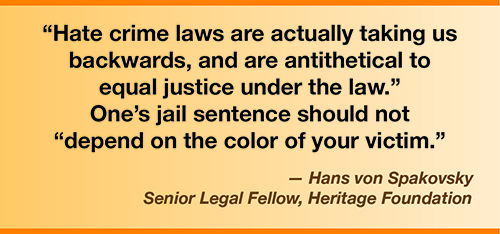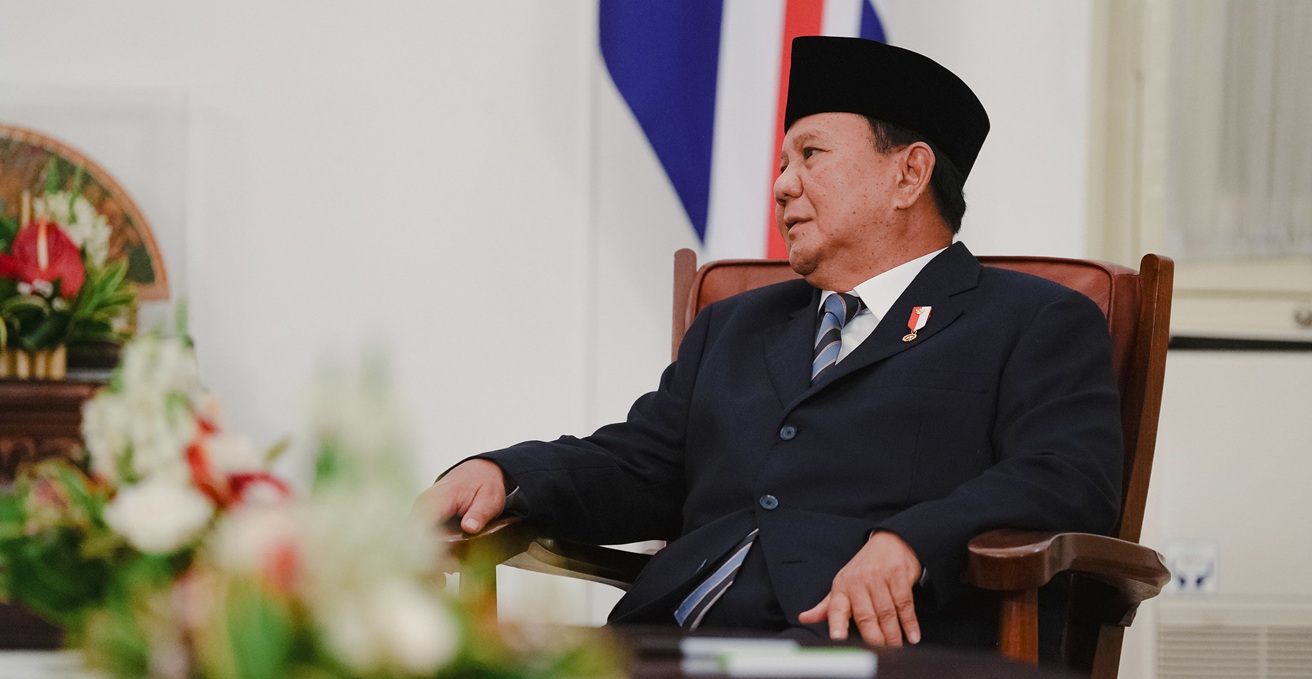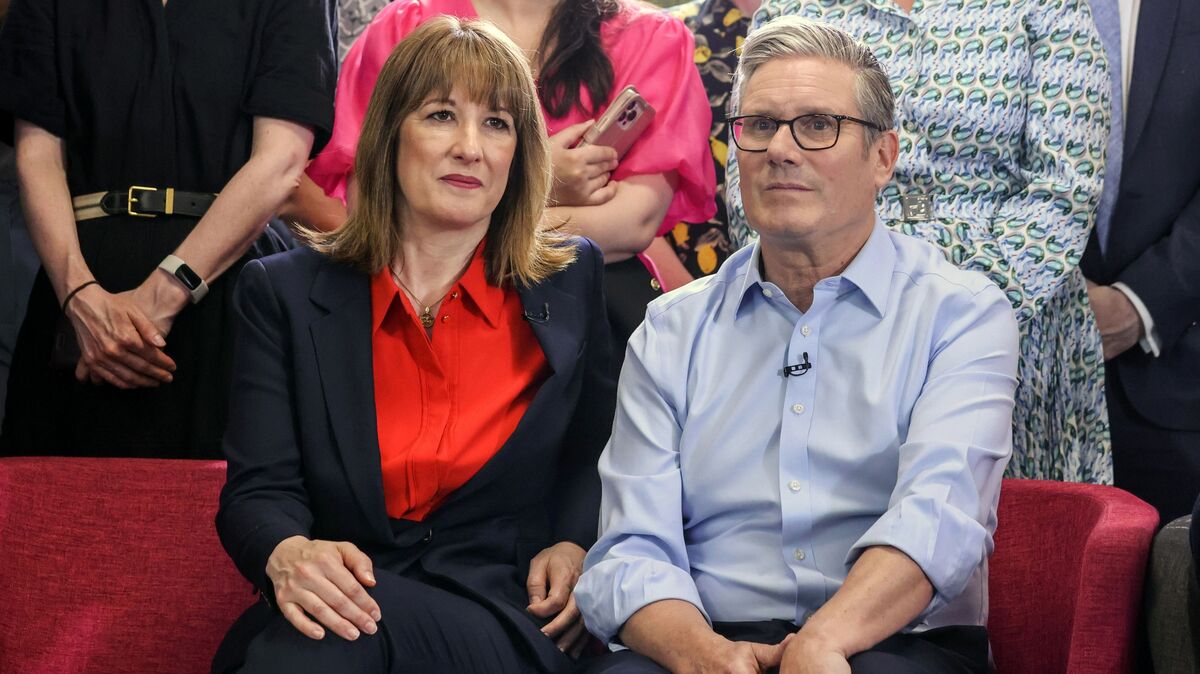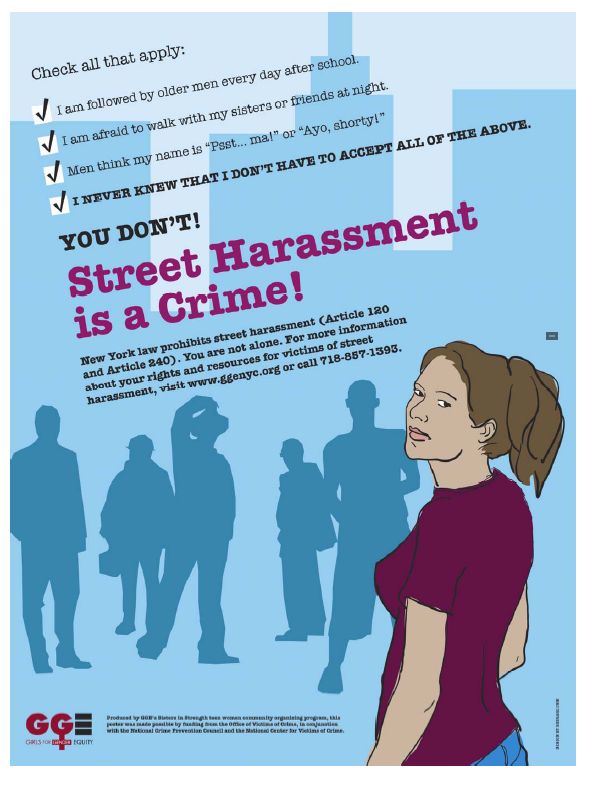Access to Reproductive Health Care for Foster Youth

Our access to reproductive health care is vanishing at a historic pace. Foster youth are particularly vulnerable to poor sexual health outcomes and are disproportionately affected by bad policies. We must recognize and address the reproductive health care inequities that foster youth experience.
The Child Welfare System and Sex Education Policies
The child welfare system has a history of ambiguous and conflicting sex education policies. The recent award-winning investigative series, “High Stakes, Silent Systems,” published by The Imprint, uncovered that most states provide little to no guidance for caregivers or caseworkers regarding sexual and reproductive health. This groundbreaking analysis critiqued policy documents for all 50 states and interviewed numerous experts, foster youth, and advocates.
The absence of clear guidance on sex education gives caregivers and caseworkers the freedom to impose personal and religious values on how, or if, youth receive sex education. “Not having policies in place has created a confusing landscape for social workers, group home workers, and foster parents,” said Elizabeth Aparicio, a University of Maryland public health social worker. “There is this sense, ‘maybe somebody else is doing this; I don’t know how to, and I’m not sure if I’m going to harm them.’ ”
The Importance of Comprehensive Sex Education
The American Academy of Pediatrics recommends that all children and adolescents have age-appropriate guidance to understand their bodies. Most children receive sex education through complementary settings, including school, home, and with trusted medical providers. Foster youth may miss these opportunities due to placement changes, complex living environments, and trauma. If a foster home is an unsafe environment, it may leave uninformed youth particularly vulnerable to abuse.
Disparities and Challenges Faced by Foster Youth
Foster youth experience higher rates of abusive relationships, teen pregnancy, and sexually transmitted infections. Despite a national decrease in teen pregnancy, the number of pregnant teens in foster care continues to rise. Girls in foster care are five times more likely to become pregnant than their same-age peers. Foster youth experience three times the rate of dating violence. Over half of foster teens studied were unaware that condoms decrease their risk of HIV/AIDS and other STIs.
“This is the culmination of failures within our education system when it comes to sexual health education, and also in our child welfare system” said Sarah Pauter, former foster youth and project manager for the California nonprofit John Burton Advocates for Youth.
Barriers and Rights of Foster Youth
There is widespread confusion about who makes decisions for youth when biological parents have lost custody but retain legal rights. Some state policies impose restrictions on foster youth that conflict with minors’ rights, such as requiring judicial approval for foster youth to access birth control. “These findings highlight all the barriers young people in care face to accessing reproductive health care that their peers don’t,” said Amy Dworsky, a nationally recognized expert on adolescent foster care affiliated with the University of Chicago. “The situation looks ripe for a lawsuit since, in some states, young people in foster care appear to not have the same rights to reproductive health care as their peers who are not in foster care.”
The Benefits of Comprehensive Sex Education
Comprehensive sex ed improves attitudes, behaviors, and outcomes related to adolescent sexual health.
A recent study showed that policies using an inclusive, identity-affirming approach reduced dating and intimate partner violence, promoted gender and sexual diversity, and prevented child abuse. Trauma-informed policies are critical for youth who have experienced abuse. Sexuality in the child welfare system is often portrayed through the lens of victimization and perpetration. Shame-based curricula further traumatize and stigmatize youth. Trauma-informed sexuality education should acknowledge past abuse, the need for healing, and safe, consensual relationships.
Call to Action
Foster youth need better sex ed now.
States must be held accountable for updating their fragmented and outdated child welfare sex education policies. The current political landscape will exacerbate the disparities for our most vulnerable youth. We must empower foster youth to understand their bodies and protect their sexual health.
About the Author
SDGs, Targets, and Indicators
1. Which SDGs are addressed or connected to the issues highlighted in the article?
- SDG 3: Good Health and Well-being
- SDG 4: Quality Education
- SDG 5: Gender Equality
- SDG 10: Reduced Inequalities
- SDG 16: Peace, Justice, and Strong Institutions
2. What specific targets under those SDGs can be identified based on the article’s content?
- SDG 3.7: By 2030, ensure universal access to sexual and reproductive health-care services, including for family planning, information and education, and the integration of reproductive health into national strategies and programs.
- SDG 4.7: By 2030, ensure that all learners acquire the knowledge and skills needed to promote sustainable development, including, among others, through education for sustainable development and sustainable lifestyles, human rights, gender equality, promotion of a culture of peace and non-violence, global citizenship, and appreciation of cultural diversity and of culture’s contribution to sustainable development.
- SDG 5.6: Ensure universal access to sexual and reproductive health and reproductive rights as agreed in accordance with the Programme of Action of the International Conference on Population and Development and the Beijing Platform for Action and the outcome documents of their review conferences.
- SDG 10.2: By 2030, empower and promote the social, economic, and political inclusion of all, irrespective of age, sex, disability, race, ethnicity, origin, religion or economic or other status.
- SDG 16.2: End abuse, exploitation, trafficking, and all forms of violence against and torture of children.
3. Are there any indicators mentioned or implied in the article that can be used to measure progress towards the identified targets?
- Indicator for SDG 3.7: Proportion of women of reproductive age (15-49 years) who have their need for family planning satisfied with modern methods.
- Indicator for SDG 4.7: Percentage of students who receive comprehensive sexuality education.
- Indicator for SDG 5.6: Proportion of women aged 15-49 years who make their own informed decisions regarding sexual relations, contraceptive use, and reproductive health care.
- Indicator for SDG 10.2: Proportion of individuals who have experienced physical or psychological violence in the past 12 months.
- Indicator for SDG 16.2: Number of victims of human trafficking per 100,000 population, by sex, age group, and form of exploitation.
SDGs, Targets, and Indicators
| SDGs | Targets | Indicators |
|---|---|---|
| SDG 3: Good Health and Well-being | 3.7: By 2030, ensure universal access to sexual and reproductive health-care services, including for family planning, information and education, and the integration of reproductive health into national strategies and programs. | Proportion of women of reproductive age (15-49 years) who have their need for family planning satisfied with modern methods. |
| SDG 4: Quality Education | 4.7: By 2030, ensure that all learners acquire the knowledge and skills needed to promote sustainable development, including, among others, through education for sustainable development and sustainable lifestyles, human rights, gender equality, promotion of a culture of peace and non-violence, global citizenship, and appreciation of cultural diversity and of culture’s contribution to sustainable development. | Percentage of students who receive comprehensive sexuality education. |
| SDG 5: Gender Equality | 5.6: Ensure universal access to sexual and reproductive health and reproductive rights as agreed in accordance with the Programme of Action of the International Conference on Population and Development and the Beijing Platform for Action and the outcome documents of their review conferences. | Proportion of women aged 15-49 years who make their own informed decisions regarding sexual relations, contraceptive use, and reproductive health care. |
| SDG 10: Reduced Inequalities | 10.2: By 2030, empower and promote the social, economic, and political inclusion of all, irrespective of age, sex, disability, race, ethnicity, origin, religion or economic or other status. | Proportion of individuals who have experienced physical or psychological violence in the past 12 months. |
| SDG 16: Peace, Justice, and Strong Institutions | 16.2: End abuse, exploitation, trafficking, and all forms of violence against and torture of children. | Number of victims of human trafficking per 100,000 population, by sex, age group, and form of exploitation. |
Source: seattletimes.com







